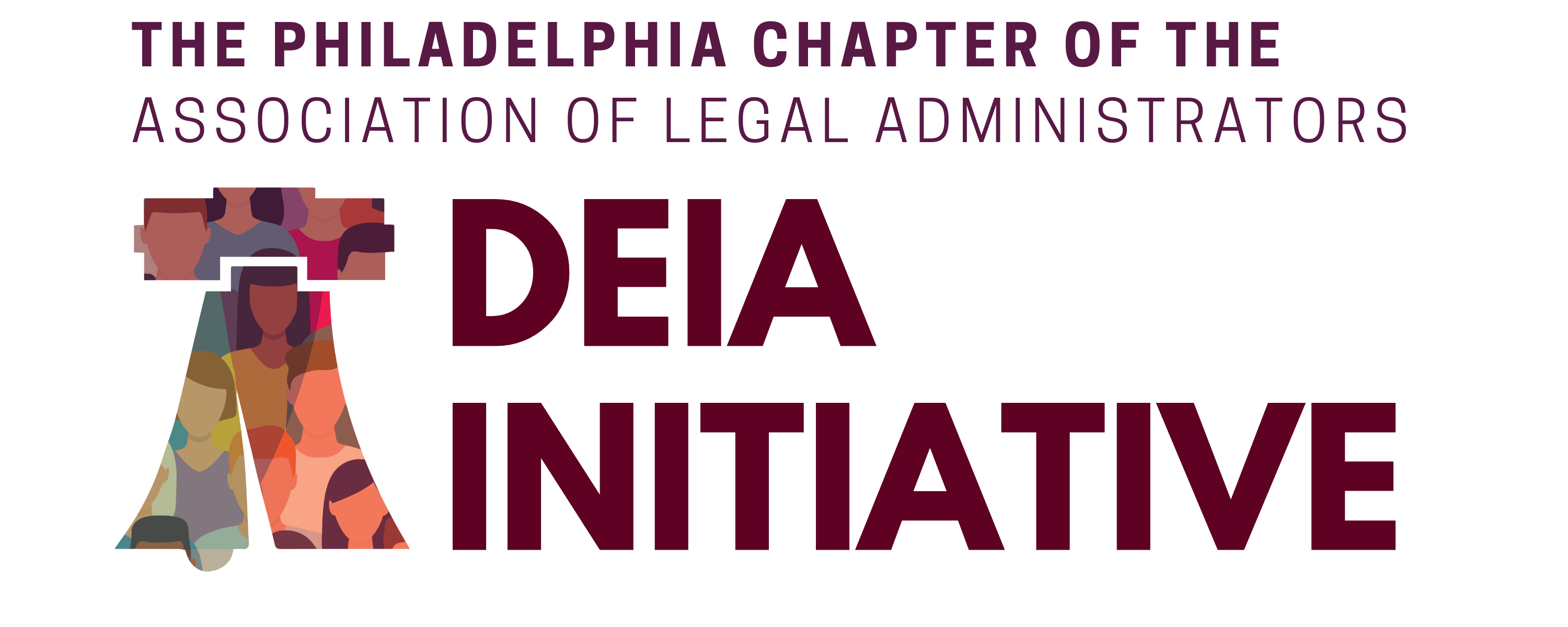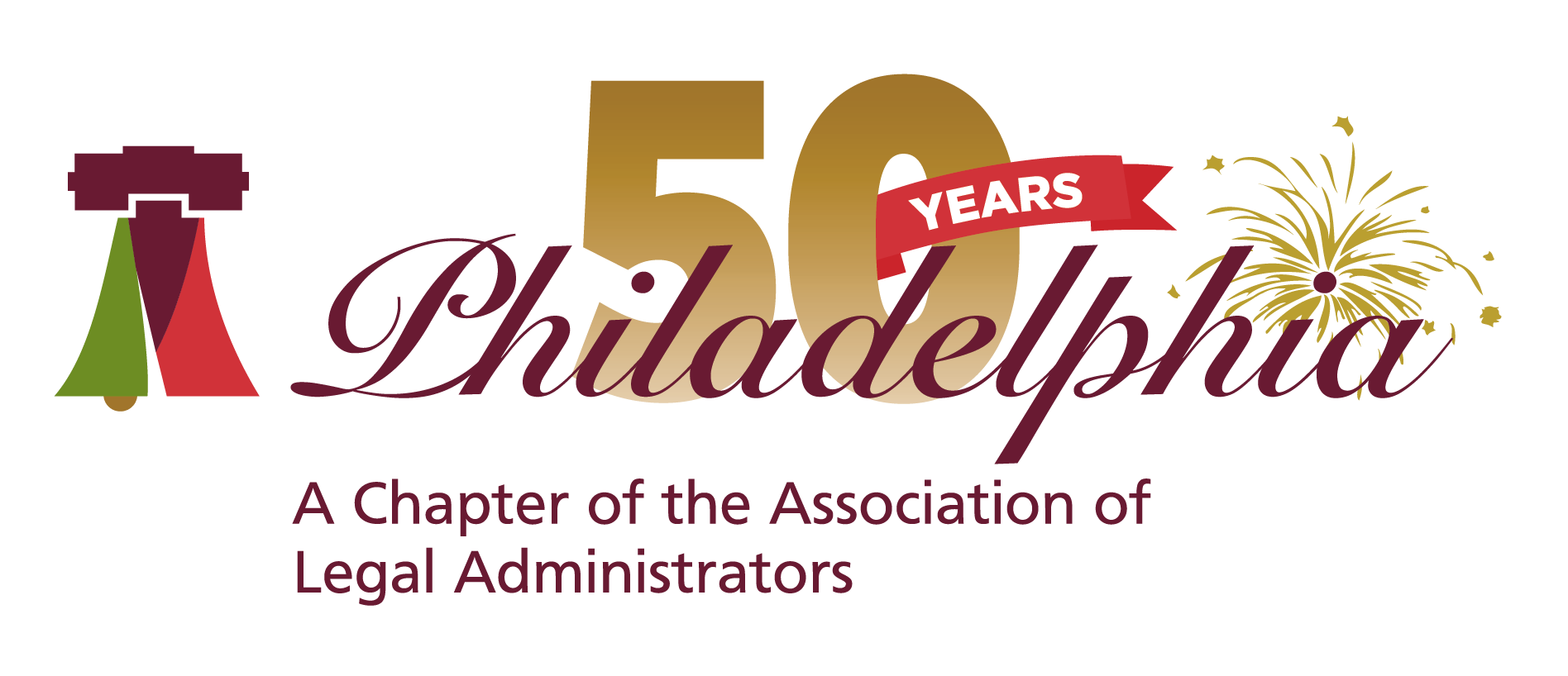|

June 2025 Blog - What is Neurodiversity
July 2025 Blog - Summer Associates Real Impact Building DEIA into Early Career Programs.pdf
August 2025 Blog - Women's Equality Day
September 2025 Blog - Closing the Gap - International Equal Pay Day
October 2025 Blog - Celebrating Inclusion, Awareness, and Belonging in the Legal Profession
November 2025 Blog - International Day for Tolerance
Please check out our new Community Spotlight Page.
NOVEMBER 2025
Native American Heritage Month
Native American Heritage Month, observed every November, is a time to celebrate the culture and traditions, as well as the important histories and contributions of American Indians and Alaska Natives. The roots of Native American Heritage Month trace back to the early 20th century, when ‘American Indian Day’ was first declared in 1916 by the governor of New York. As the campaign gained traction, it became apparent that a broader commemoration was needed, leading to the establishment of ‘American Indian Week’ in 1986.
However, it wasn’t until 1990 when President George H.W. Bush declared November as ‘National American Indian Heritage Month.’ This decision marked a pivotal moment, officially dedicating a month to honor and acknowledge native culture. Celebrating Native American History Month goes beyond mere acknowledgement. Engage through educational activities such as reading literature by Native authors, watching documentaries, or attending cultural events. Support Indigenous businesses, artists, local community events, and Native voices. This month provides opportunities to learn about and support the history, culture, rights and well-being of Native Americans, for more information, and how you can get involved, visit https://www.nps.gov/subjects/npscelebrates/native-american-heritage-month.htm
or https://www.bia.gov/NNAHM
National Career Development Month
All across the country, National Career Development Month in November signals a time for students and employees to focus on their future career choices. No matter their age, students in every classroom have an opportunity to explore careers. With every experience, you can come closer to discovering a career choice that you can excel at for years to come. And like many of us, it will take several careers to shape you into the professionals of tomorrow. But that doesn't mean they can't explore the opportunities the future holds. When it comes to career development, those of us who've been working awhile benefit, too! That's why this month includes students and the entire workforce.
NOSHAVEMBER
NoSHAVEmber is an annual designation observed in November. During this time, men and women all across the United States put down their razors, trimmers, and shears to let their hair grow shamelessly. That's right, all (or at least most) body hair goes untouched by blades this month, and what many people don't know is, it's all for a good cause. NoSHAVEmber, also known as No Shave November, was created with a goal in mind to raise awareness about different kinds of cancer and to donate the money you would typically spend on a haircut or facial groom to cancer research charities. So this month, everyone is encouraged to come together for this growing campaign and let the hair grow wild and free!
Día De Los Muertos November 1-2
Día de los Muertos, or The Day of the Dead, is a vibrant two-day Mexican tradition that blends indigenous Aztec rituals and beliefs with Catholicism. Dating back to ancient Mesoamerican cultures, the Aztecs and other Nahua people would hold rituals honoring the goddess of death and providing aid for the deceased in their journey to the Land of the Dead. During the medieval period, as Spain exerted its influence in Mexico, traditions from All Souls’ Day shaped the celebration.
Día de los Muertos is a time when families honor and remember deceased loved ones, as the holiday acknowledges death as a natural part of the human experience, not to be feared but embraced. Traditionally, families create elaborate altars known as ofrendas, adorned with marigolds, candles, photos, and the favorite foods and beverages of the departed. Graves are cleaned, and cemeteries become lively spaces filled with music, sharing stories, and celebrating life. It’s believed that during this time, the spirits of the departed return to join in the festivities. Día de los Muertos draws on the connection between the living and the deceased and the Mexican belief that death is not the end but a continuation of the journey.
Transgender Awareness Week + Transgender Day Of RemembranceNovember 13-19
Recognized annually between November 13th – November 19th, Transgender Awareness Week serves as a vital platform for education and advocacy, raising awareness about the experiences and challenges faced by transgender and gender-nonconforming individuals. Originating as a response to the high rates of violence against transgender people, the week aims to foster understanding and acceptance. The week leads to Transgender Day of Remembrance, a memorial to those who have lost their lives to violence and discrimination. In 1999, a small activist group founded Transgender Day of Remembrance to honor the memory of Rita Hester and Chanelle Pickett, two transgender women of color. To support Transgender Awareness Week, engaging in educational programs, presentations and speeches by transgender individuals, and advocating for inclusive policies are a few ways to get involved. For additional resources and information, visit https://glaad.org/transweek/.
Your DEIA Commitee Members: Shakema AppletonLisa Moore[email protected] |

